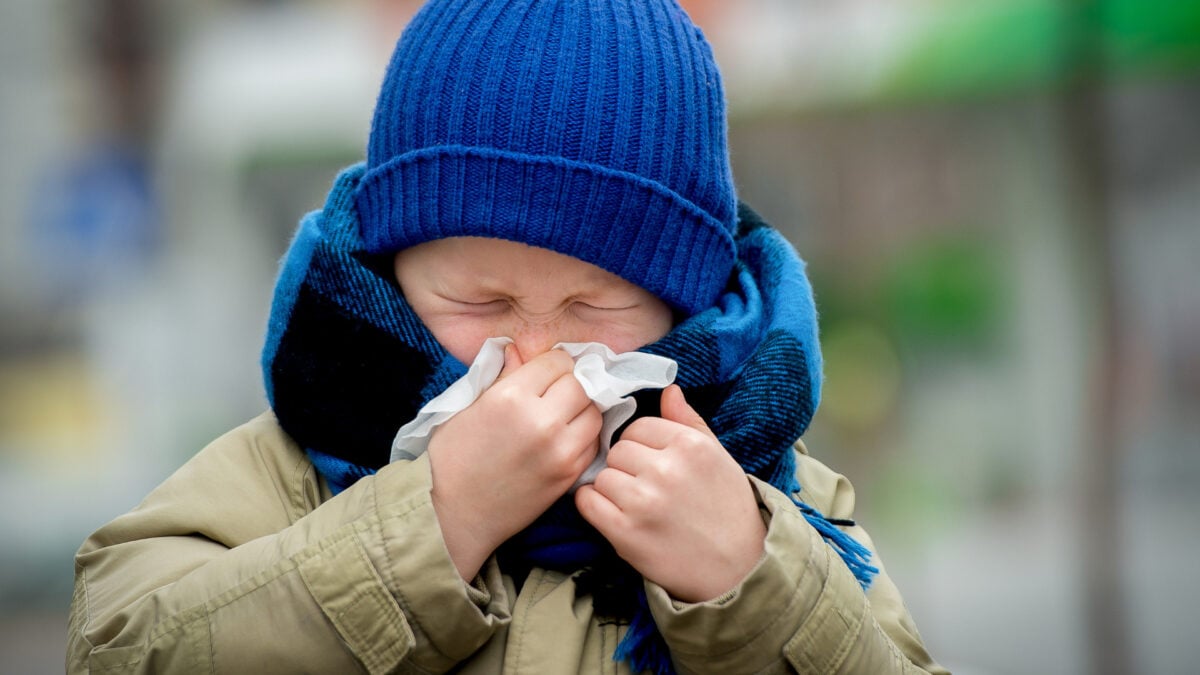A Rare Flu Complication Is Killing More U.S. Children

A rare, life-threatening complication caused by the flu seems to be surging among kids. Research out today finds that dozens of children developed influenza-associated acute necrotizing encephalopathy (ANE) over the past two years, a third of whom died as a result.
Researchers at Stanford Medicine led the study, published Thursday in JAMA. Collecting reports from other doctors and hospitals across the country, they identified 41 cases of ANE since 2023, along with 11 deaths. The researchers argue that the condition should be systemically tracked in the U.S. from now on.
“ANE occurs when the body’s immune response to influenza triggers widespread brain inflammation, particularly targeting the thalamus—a critical brain region that controls consciousness and many vital functions,” study author Keith Van Haren, a pediatric neurologist at Stanford Medicine, told Gizmodo. “Children are disproportionately affected, possibly due to their developing immune systems and genetic factors.”
ANE is typically very rare, with Van Haren and his colleagues usually only seeing a single case every few years. But earlier this January, they came across several at their center. They also heard reports of increased cases from nearby pediatric centers in the state.
Curious, the team issued a nationwide call to infectious disease and flu specialists for any and all recent reports of ANE. All told, they documented cases from 23 hospitals dating back to October 2023. This spike is likely tied to the circulation of more severe flu strains seen during that time.
“While we can’t definitively prove an increase in ANE cases, the clustering of reports and severe flu season designation suggest this may represent a genuine rise,” Van Haren said.
The median age of these cases is five years, with most involving children who had no preexisting health conditions. In addition to the 11 deaths, roughly two-thirds of children developed moderate to severe disability that was still present 90 days later. Notably, only 16% of victims were vaccinated against the flu.
The Centers for Disease Control and Prevention also received a glut of ANE reports during the recent 2024-2025 flu season. But in a February paper that examined historical data going back 15 years, CDC scientists couldn’t conclusively determine whether this past season represented a real spike in cases.
Both the CDC report and the current study authors note that influenza-associated encephalopathy in general (ANE being the most severe form) isn’t a nationally notifiable condition, meaning doctors aren’t obligated to report cases to health departments. So if nothing else, Van Haren and his team are pushing for that to change, since better tracking would make it easier to spot rising cases moving forward. “Typically, the U.S. CDC is best situated to undertake these efforts, which involve a high degree of collaboration across hospitals and public systems around the country,” Van Haren said.
Unfortunately, that might be easier said than done for the time being. The current Trump administration has hollowed out its public health agencies, with the CDC in particular having shed nearly one-quarter of its staff this year.
Van Haren is hopeful that clinical trials in the future will figure out which immunotherapies work best for ANE, since there’s no clearly established optimal treatment as of yet. And dire as the overall public health situation is, there is something we can all do to further lower the rare danger of ANE: Get the seasonal flu vaccine.
“The most important message is prevention: seasonal influenza vaccination significantly reduces the risk of severe complications like ANE,” Van Haren said. “Parents should ensure their children receive annual flu vaccines and seek immediate medical attention for any child with flu symptoms who develops altered mental status, seizures, or severe neurological changes.”
For now, at least, the White House hasn’t directly gone after the flu shot, though Health Secretary RFK Jr. did recently sign off on removing a small minority of flu vaccines containing thimerosal, an ingredient antivaxxers have long and wrongly blamed for causing autism.








